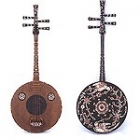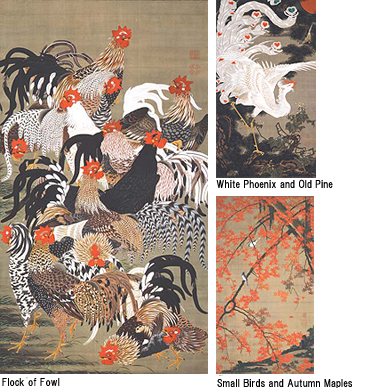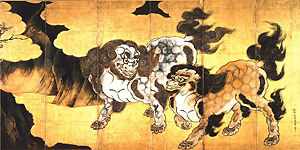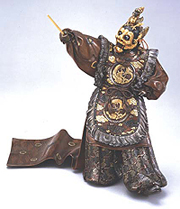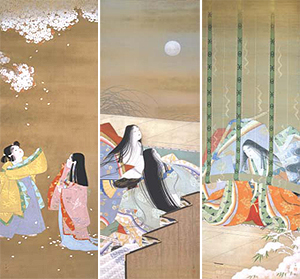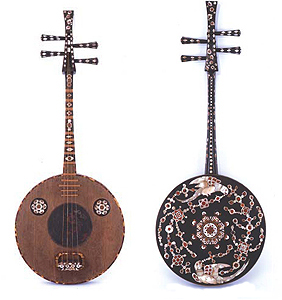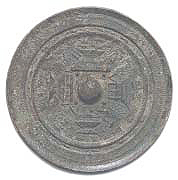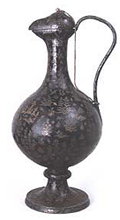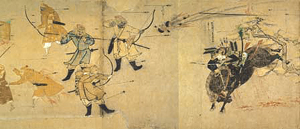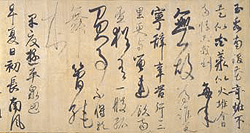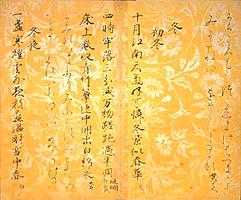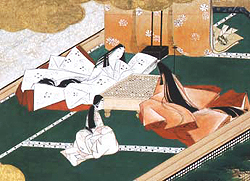| Period |
Part 1: Tuesday, October 6 - Tuesday, November 3, 2009 (National holiday) |
Part 2: Thursday, November 12 - Sunday, November 29, 2009
| * |
The exhibition will be closed for exhibition preparation from Wednesday, November 4 to Wednesday, November 11, 2009. |
| * |
The exhibition will be held in spans of two periods, each consisting of entirely different selections of works. |
|
 |
| Venue |
Heiseikan, Tokyo National Museum (Ueno Park) |
 |
| Hours |
9:30 - 17:00
Saturdays, Sundays, Holidays until 18:00
Fridays until 20:00
(Last entry 30 minutes before closing) |
 |
| Closed |
Tuesday, October 13; Monday, October 19; Monday, October 26 |
| Open every day during the exhibition period of Part 2 |
 |
| Admissions |
Adults: 1,300 (1,100/1,000) yen
Set of tickets (admission to Parts 1 and 2): 2,200 (advance 2,000)
University students: 1,000 (800/700) yen
High school students: 700 (500/400) yen
Junior high school students and under: Free
| * |
All persons are admitted free on Thursday, November 12, 2009 to commemorate the 20th anniversary of the Emperor's enthronement. Please note that the number of admissions to the galleries may be limited when overcrowded. |
| * |
Prices shown in ( ) indicate advance / group (more than 20 persons) discount tickets. |
| * |
Persons with disabilities are admitted free with one accompanying person each. |
| * |
Advance tickets are on sale at the Museum ticket office (during museum hours, 30 minutes before closing hour) and e-Ticket Pia (P-code:688-791 except for set tickets: 688-792), Lawson Ticket (L-code:37324), E-Plus, CN Playguide and other major playguides until the following dates respectively: Monday, October 5, 2009. |
| * |
Set tickets provide one-time admission for one person to both Parts 1 and 2. Student / group discounts are not available. Advance set tickets are on sale Tuesday, August 4 - Monday, October 5, 2009; regular-price set tickets are on sale Tuesday, October 6 - Tuesday, November 3, 2009. |
|
 |
| Access |
10 minutes' walk from JR Ueno Station (Park exit) and Uguisudani Station
15 minutes' walk from Keisei Ueno Station, Tokyo Metro Ueno Station and Tokyo Metro Nezu Station |
 |
| Organizer |
Tokyo National Museum, Imperial Household Agency, NHK |
 |
| With the Special Cooperation of |
NHK Promotions, The Yomiuri Shimbun, Nikkei Inc. |
 |
| General Inquiries |
03-5405-8686 (Hello Dial) |
 |
| Exhibition Official Website |
http://www.bihana.jp/
The website has closed with the end of the exhibition. |
 |
![]() Related Exhibition
Related Exhibition
